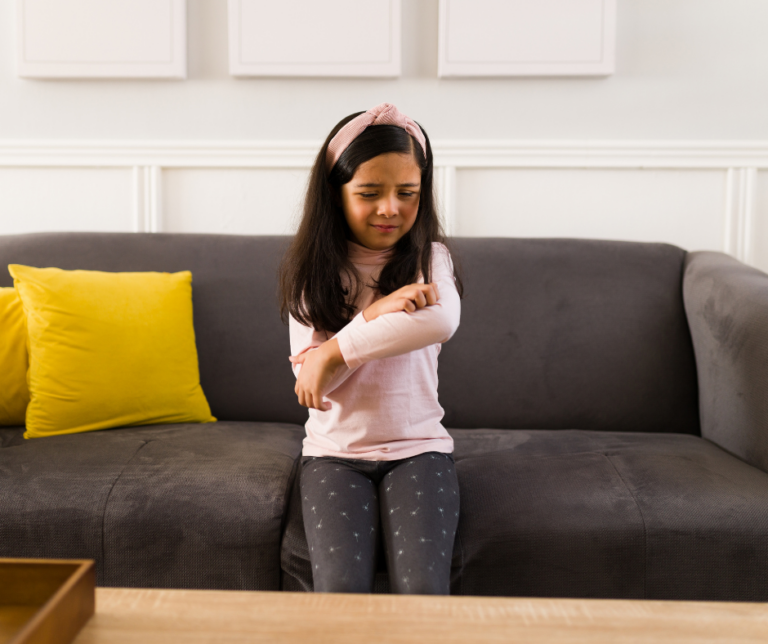An entire generation is growing up with internet-enabled devices, and many parents wonder how they should be controlling screen time. A 2017 Common Sense Media survey showed 70 percent of parents said they’re concerned about the amount of time their kids spend using digital media. How do you distinguish what’s too much for your child’s age?
Based on research into the effects of digital use, the American Academy of Pediatrics recommends:
-
- For children under 18 months of age, avoid use of media screen time other than video-chatting.
- Around 18 months, researchers begin to see more positive effects of media use, such as developing language-building skills and developing empathy. But high-quality programming is extremely important for children 18-24 months, such as the content offered by Sesame Workshop and PBS. Choose wisely and watch with your children so you understand what they’re seeing.
- For children ages 2 to 5 years, limit screen time to one hour per day of high-quality programs created specifically for this age group, and make sure digital media does not take the place of adequate sleep, physical activity, and other healthy behaviors.
- For children ages 6 and older, place consistent limits on the time spent using media and the types of media. Have ongoing communications about online citizenship and safety, including treating others with respect online and offline. Watch for any behavior changes that may relate to digital use and/or online behavior, including signs of depression, bullying, anxiety, more concern than usual about appearance, including weight gain/loss and clothing choices, or riskier behaviors offline. Here’s a good article on how social media can impact the mental health of teens.
- It gets harder as your children get older – after 12, many children use the internet to constantly communicate with friends and it’s not uncommon for middle school and high school students to have their textbooks online, for their classmates and instructors to interact online, and for all homework to be completed and turned in online. Ask about how they’re using the internet for school and take those educational hours into account when setting limits.
And then there are the apps… educate yourself on the risks and benefits of each, and keep an eye out for the following 14 phone apps:

If you think any program or app is causing a behavior or mindset change, talk to your child about it openly. Limit the time accordingly or ban any programming that you think is negatively affecting your child. If you propose a ban, offer other choices that have more positive messages and interaction.
The bottom line is that all children need some guidance on time, content, and interaction when it comes to screen time, even older teens. Have a talk about your family’s values and goals and create your own media plan – it’s great for the adults, too! Set the tone as a parent by limiting your own technology usage, especially in front of your children. In your plan, offer alternative activities, like physical activity, community volunteer work, and other activities that your family members enjoy.
Check out our blog post on Trading Fortnite for Fitness for some great tips on encouraging physical activity over screen time.
If all else fails, set the time limits yourself and use one of the many tools and programs available to control internet access (for instance, you may choose to turn the internet off in your own home through your internet provider between 10 p.m. and 7 a.m.) to give your children a well-deserved break.
To create your family’s own Media Plan, visit HealthyChildren.org.





